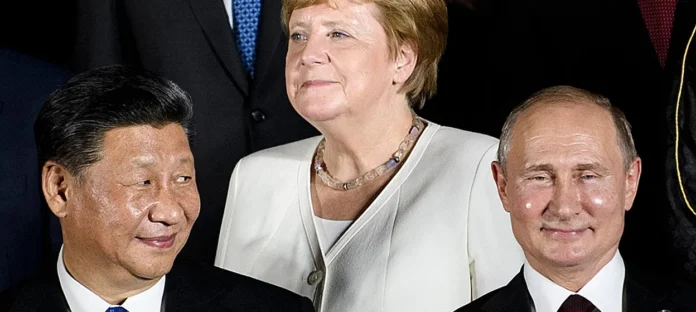Author: Ian Storey
Affiliation: ISEAS-Yushof Ishak Institute
Organization/Publisher: ISEAS-Yushof Ishak Institute
Date/Place: September 6, 2021/Singapore
Type of Literature: Article
Word Count: 3400
Keywords: China, Russia, Southeast Asia, Diplomacy
Brief:
Over the past decade, relations between China and Russia have strengthened due to shared mutual interest to oppose US global hegemonic, economic synergies, and a good personal relationship between two leaders. However, it is not claimed that the relations are without problems. In Southeast Asia, although regional security perceptions are in alignment, their interests do not always converge. In this study, the author examines three areas in Southeast Asia in which China and Russia are in alignment and where their interests do not overlap. Specifically, arms sales, the Myanmar crisis, and the South China Sea dispute. Russia considerably outplays China in arms sales and it is Russia’s most important interest in Southeast Asia that makes Russia the biggest arms supplier in the region. Nevertheless, Russia’s arms sales in the region are in decline due to several reasons: first, several Southeast Asian countries have slowed down their military modernization project due to budget constraint; second, the threat of sanctions by the US against Southeast Asian countries that purchase Russian arms. China has started to increase its market share in arms sales in Southeast Asia but its value is still far behind Russia (China at US $2.7 billion and Russia at US $10.66 billion). Regarding the Myanmar crisis, China and Russia have almost identical interests but differ only in scale. Both states’ position on Myanmar uses the narrative of respecting state sovereignty and non-interference, and the nonexistence of universal values. But as Myanmar’s biggest investor, China has to maintain its good relation with both military and civilian government; in contrast, Russia—which does not share a land border with Myanmar—does not share China’s concern, and Moscow does not care if its support to the junta will damage its reputation in Myanmar. Hence, Russia wants to improve its relations with the ruling junta to increase arms sales, enable closer military ties, and secure offshore oil and gas projects. In the South China Sea, although Russia and China have agreed to support each other on their core interest in the region, China’s maritime strategies threaten Russia’s interest in the development of offshore energy, which could be a potential fault line in Russia-China relations in Southeast Asia. However, China-Russia competition in Southeast Asia will not escalate into a great rivalry between two great powers. Rather, their existence in Southeast Asia will be in alignment due to a common threat perception and mutual interest to contest the existence of the US in the region.
By: Salman Nugraha, CIGA Research Intern




